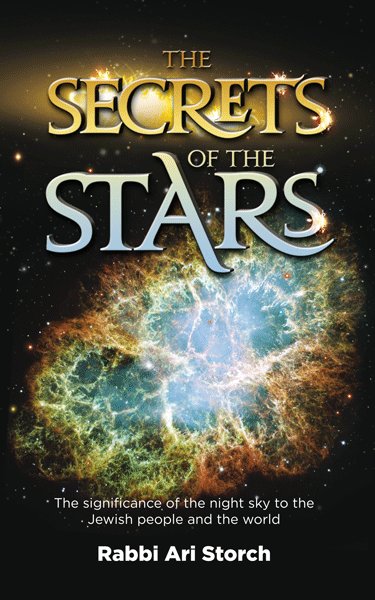This Shabbos will be 30 Sivan, the first day of Rosh Chodesh Tammuz. Even though the names of the months that we use are Babylonian in origin, Chazal still project deeper meaning and symblism into these words. (See Torah Sheleimah Miluim Bo p. 177) What is fascinating about Tammuz is that the drasha and the Babylonian meaning of the word are identical. Tammuz is the name of a pagan god. The first month of summer, Tammuz, was dedicated in his honor.
It pretty interesting to see how an abomination such as idol worship appears to plant roots in basic Jewish nomenclature. However, what is more interesting, perhaps, is how this relates to Parshas Chukas. The beginning of the Parsha discusses the concept of Parah Adumah, the Red Heifer. This service is performed in order to purify those that have come in contact with a corpse. It is comprised of a red heifer that is slaughtered and then incinerated to ash. The ashes are then mixed into a liquid mixture and sprinkled on the person needing purification. The process takes place outside the confines of the Beis HaMikdash.
The Ramban notes that this mysterious service appears somewhat pagan. The red color symbolizes doom and elements connected to Eisav and Mars. It was used by pagans to embody these unholy concepts. The necessity for the service to be performed outside the Holy Temple also give this unholy feeling.
It is therefore interesting to me to note that Chukas is ALWAYS read in Tammuz. This year is the closest thing to an exception that exists with it being read on the last day of Sivan, BUT that day is considered to be Rosh Chodesh Tammuz. Chukas will NEVER be read on a day of the year earlier than 30 Sivan and will NEVER be read in Av. Thus, we have the Parsha, whose mysterious reasoning gives the impression of idol worship and whose reasoning eludes us, being read in the month whose name connotes the same idea.
Subscribe to:
Post Comments (Atom)


No comments:
Post a Comment